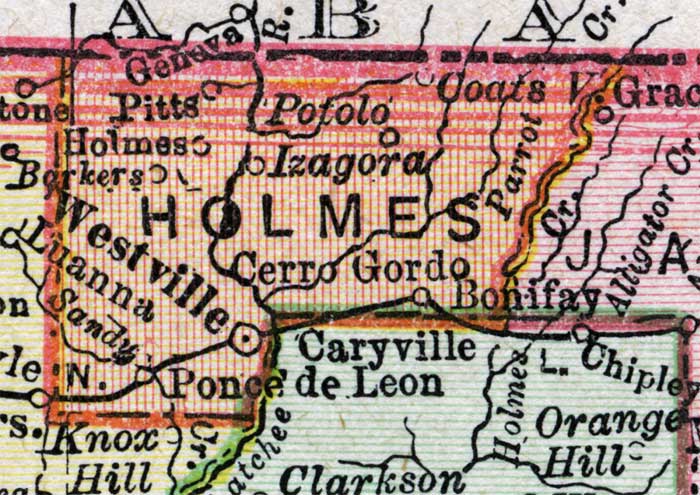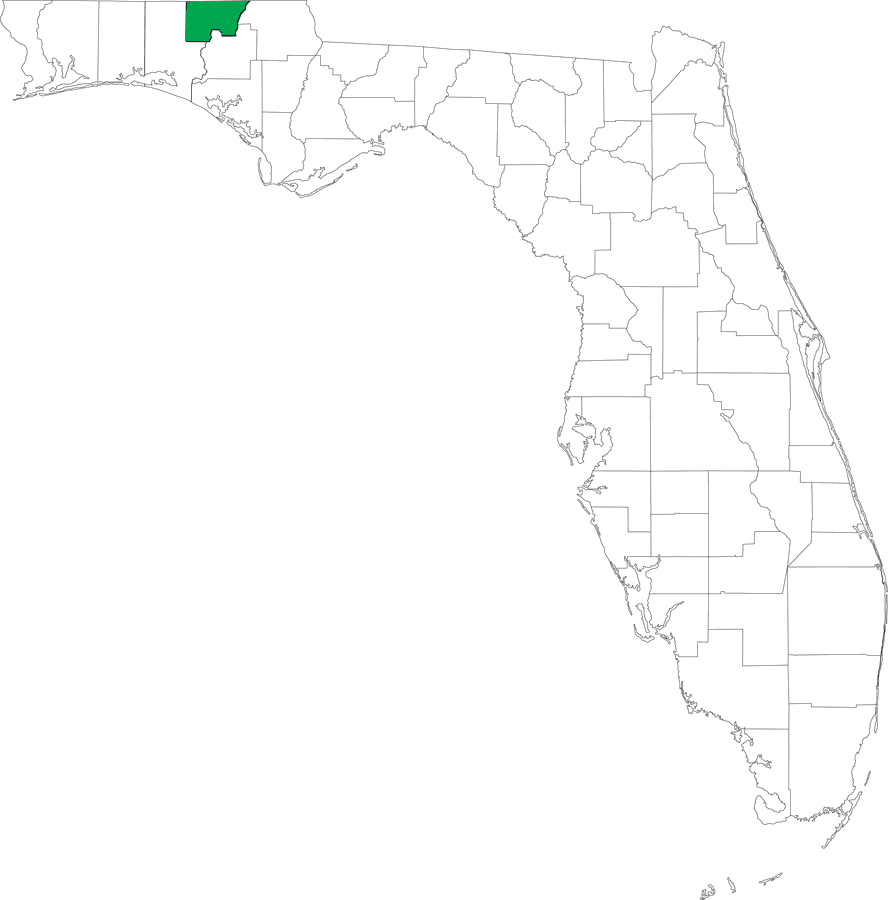When I first began trying to
write this short story several years ago about my great, great grandmother
Charity A. Taylor McDuffie, who was known to our family as Mami T, I only had
the stories about her that my dad had told us many times while I was growing up
to write her story with.
I am quite sure that these
stories were handed down from older family members who knew her quite well.
Daddy was born in 1915 in the Whitewater Community, and she died in 1917. But
even though he was so young he remembered her vividly, and admired her greatly!
My dad was a great
story-teller and spinner of yarns; he could tell such a great story that it
made the listener feel as though you were there too. And in my mind she became a
powerful and living memory; so much so that I always felt as though I knew her
personally, even though she died long before I was born.
I was so intrigued by the
stories he told us about her because she was such a strong woman that she seemed
larger than life to me. I was born and grew up in an era when southern women
were subservient to men. But she was not;
she was always her own person; which was very unusual to say the least.
She became my hero, I know
that heroine is the correct term for female, but I think if I am able to convey
to the reader her true character, you will understand why I admired her as my
hero!
Daddy described her as being
a tiny woman, four feet eleven inches tall, and she had long jet black hair. He
said, "She was not afraid of anything that walked, neither man nor beast, she
was a free-thinking woman way ahead of her time."
She lived in an era when
females were ‘Chattel’ or property of their father or husband, and women and
children were subservient to males. But no man ruled her!
This might be a little
difficult for some in today’s world to even imagine how it was back then, but
for me it was not so difficult; things had not changed all that much from the
period of time when she lived in the Panhandle to the time when I was born and
raised.
 |
| A Corn Cob Pipe |
She spent much time alone
with her three small children in the wilderness of the sparsely settled Florida
Panhandle, and she needed to be able to think for herself. Daddy said,
"She was
feisty, a scrapper if need be, and she smoked a corn-cob pipe and cussed worse
than any sailor you ever heard."
For many years I had thought
that she was my great grandmother, and that William H. (Tony) McDuffie was my
great grandfather, because when Daddy spoke of them it was always in the same
context. So I just assumed they were husband and wife instead of mother and son.
I mentioned this in
conversation with another family member quite a number of years ago, and she
corrected me, and gave me the right connection. This sparked my interest even
more about Mami T.
Then I wondered why my Dad
had never mentioned my great, great grandfather, and it was only after I began
doing some research (I use this term loosely, I am a novice at researching),
and began to come across records that I could even think about piecing together
a more complete story about Mami T; the tiny woman who cast a giant shadow;
which spanned several generations!
I consider myself to have
been very blessed that another family member, Sharon Tibbits Grant, had been
doing research for many years; and she has very graciously and generously
shared her files with me; all of the files that she had been working on for
many years collecting and compiling about our family and its various
connections; which are many.
Her file was and is a
treasure trove of information to me, especially the information I gleaned about
Mami T. I began trying to write a short story about this wonderful woman with
strength of steel back then, and as I learned more I had to re-write it several
times, and now I have decided to just begin a new one.
Daddy always referred to her
as Mami T, and I always assumed it was spelled Mammy T. But somewhere in
someone’s writings I came across this present spelling which is now the name of
her story.













